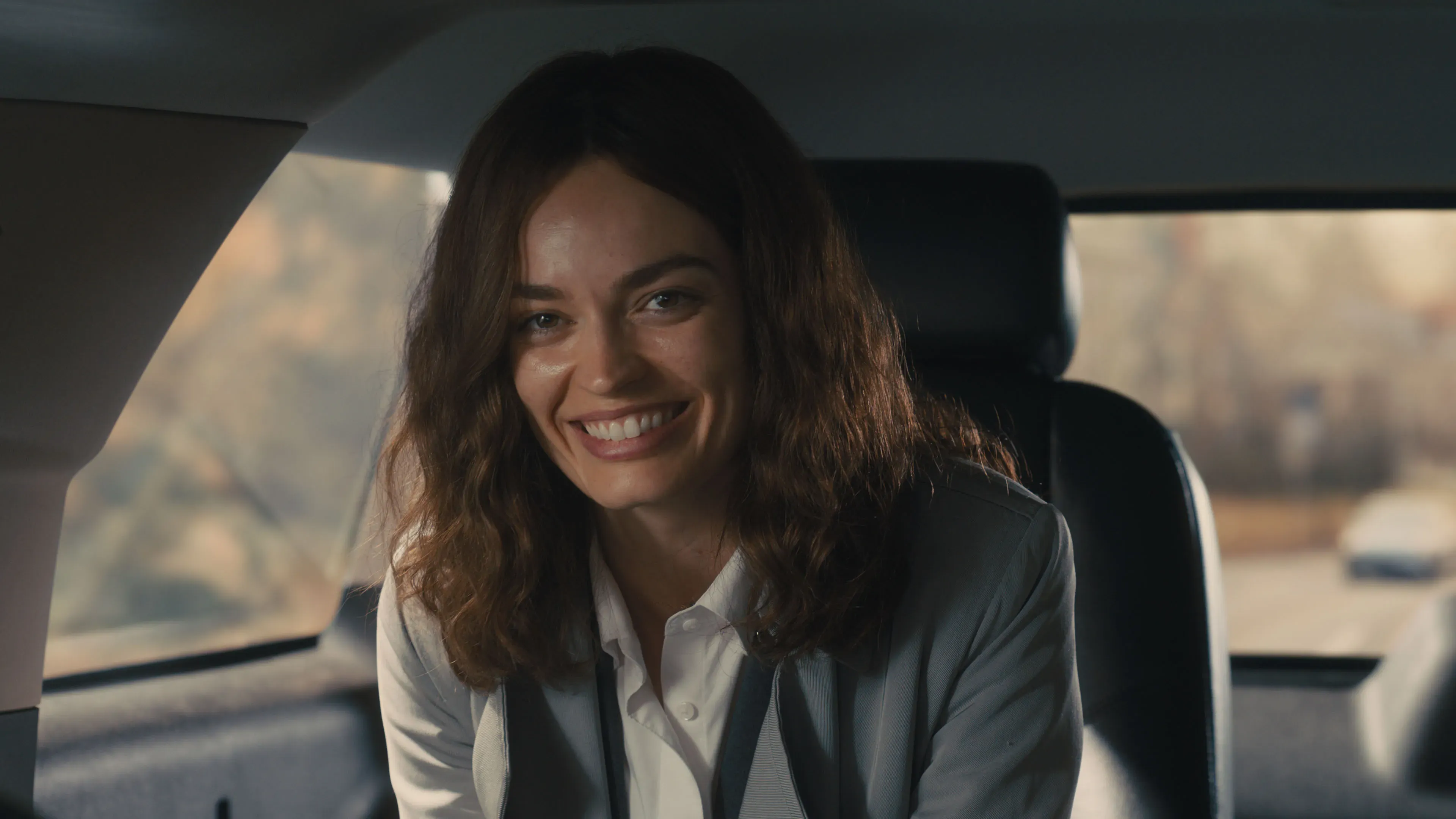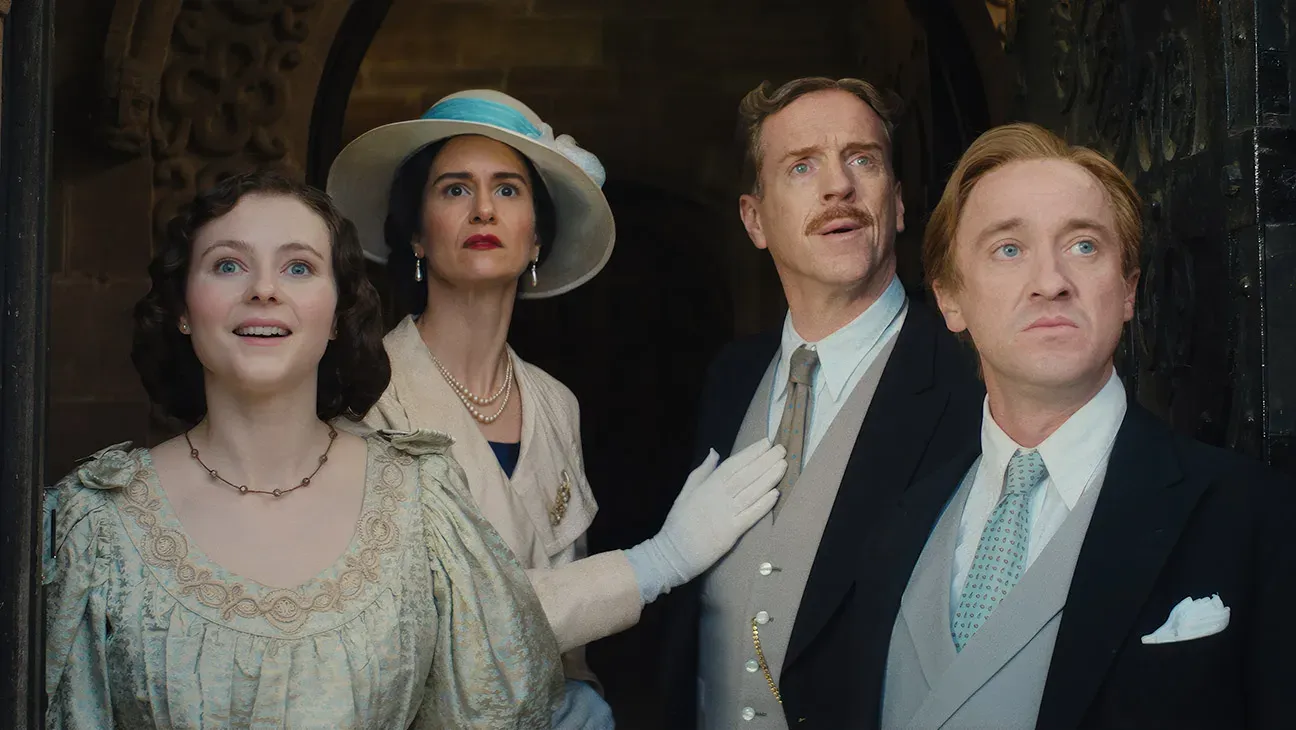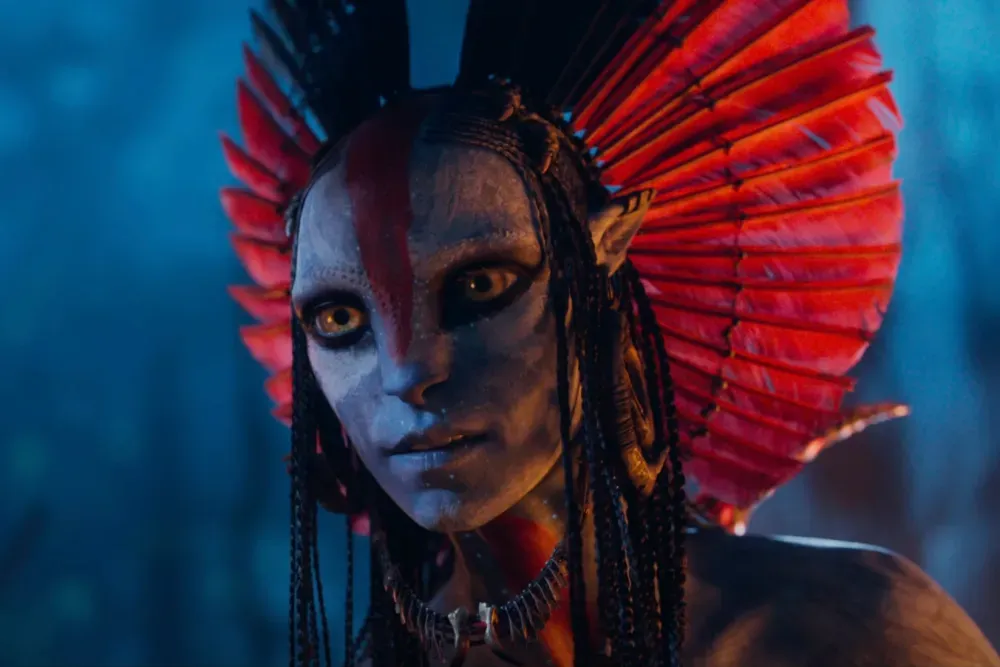
Run Rabbit Run (2023) - Movie Review
- Jul 8, 2023
Motherhood has persistently served as a fertile plotline for the horror genre. It offers thrilling narratives like "Rosemary’s Baby" and "The Babadook." Daina Reid's latest movie, "Run Rabbit Run," explores the primal fears that parenthood might expose us to unimaginable horrors, both terrestrial and otherwise. The film introduces us to fertility doctor Sarah (Sarah Snook). Sarah experiences an uncanny transformation in her seven-year-old daughter Mia (Lily LaTorre), who starts identifying as Alice, Sarah's long-lost sister.
See Also: Stan Lee (2023) - Movie Review
Reid weaves a gripping tale of terror, employing seemingly benign items to heighten the suspense. Mia's sudden fascination with a fluffy white rabbit she dubs Rabbit becomes disconcerting. Especially when she dons a homemade pink rabbit mask. Rabbit scuttling around ominously in the house is a precursor to impending horrors. Attempts to remove Rabbit lead to injuries. It opens the floodgates to Sarah's suppressed memories of her vanished sister, alienated mother, and deceased father. This fuels the film's central conflict between Sarah and Mia, accentuated by Sarah's fraught relationship with her mother, Joan (Greta Scacchi), evoking guilt and self-doubt about her maternal capabilities.
However, the rabbit isn't the sole element instilling dread in Hannah Kent’s script. Sarah’s life is already teetering on the edge before the supernatural elements make their entry. For example, She is grappling with her divorce and shared custody with her ex-husband, Pete (Damon Herriman), who has moved on and is creating a new family. Her father's unsorted belongings, the recent loss, and her mother’s encroaching dementia all add to her emotional burden. As Mia's eerie behavior escalates, Sarah’s efforts to remain a stalwart parent inadvertently cause harm to herself and Mia.
Snook, renowned for her role as Shiv Roy in “Succession,” adeptly portrays Sarah with nurturing sensitivity. The audience witnesses an unfamiliar side of Snook, as she displays maternal affection and concern. However, Snook's tranquil exterior crumbles under mounting uncertainty and tension. The relationship between Snook’s Sarah and LaTorre’s Mia is palpably authentic, visible from the initial scene where Sarah presents Mia with a birthday present. The bond between them becomes critical as the story unfolds, symbolizing the impending loss as Rabbit emerges in their lives.
The film’s setting in Waikerie, Australia, amplifies the eeriness with desolate landscapes, gusty cliffs, and dark clouds shadowing verdant hills. There are a swarm of birds near Sarah's ancestral home, and tree-like structures sprouting from a violet river. The cinematography, courtesy of Bonnie Elliot, echoes the decaying sanity of Sarah. The washed-out yellows and murky grays during the day and unsettling darkness at night emphasize it. The visual representation becomes increasingly disjointed as Sarah's grasp on reality weakens. The camera work ensures that the viewers are enmeshed in Sarah’s disquiet.
Like extreme grief, motherhood is a transformative experience that often brings a stark contrast between life before and after. In the horror context of "Run Rabbit Run," it also exposes one to overwhelming solitude. It makes them susceptible to the specters of their past. This film presents a compelling ghost story without any ostentatious frights. It is enough to keep viewers on the edge of their seats, attentively scanning for any hint of peril. The white rabbit, usually an emblem of innocence, ushers Sarah into a horrifying twist on “Alice in Wonderland.”
The film highlights the spectral guilt of mothers haunted by their past errors. Joan seems unable to recover from Alice's disappearance. Sarah’s buried trauma re-emerges, plagued by regret for letting down her daughter. Motherhood is a recurring and potent theme in the horror genre, with classic narratives like "Rosemary’s Baby" and "The Babadook." The film "Run Rabbit Run," directed by Daina Reid, brings this theme to the fore. Sarah (Sarah Snook), a fertility doctor, is confronted with a chilling enigma. Her seven-year-old daughter Mia (Lily LaTorre) starts asserting she is Alice, Sarah's sister who vanished years ago.
Reid constructs an eerie atmosphere by infusing common objects with a sinister edge. A white rabbit becomes the focus of Mia's obsession, transforming into a foreboding symbol as she dons a self-crafted pink rabbit mask. The rabbit, ominously skulking about the house, signals an approaching storm of malevolence. Attempts to dispel the rabbit result in injuries, awakening Sarah's latent memories of her absent sister, estranged mother, and recently deceased father. The ensuing conflict is primarily between Sarah and Mia, further complicated by Sarah's strained relationship with her mother, Joan (Greta Scacchi), leading to a cycle of guilt and perceived parental inadequacy.
The ominous rabbit is not the sole source of tension in Hannah Kent’s script. The narrative unravels Sarah's life on the brink, even before the arrival of inexplicable phenomena. She is navigating the complexities of divorce and co-parenting with her ex-husband, Pete (Damon Herriman), now in the process of forming a new family. Grief over her father's recent death and the pending sorting of his belongings, coupled with the looming threat of her mother's dementia, adds to her emotional turmoil. As Mia's behavior becomes more disturbing, Sarah's effort to remain a steadfast parent leads to self-inflicted harm and consequential harm to Mia.
In a brilliant shift from her popular role in "Succession," Snook endows Sarah with a maternal aura of tenderness and responsibility. Her composed demeanor gradually crumbles under stress and uncertainty. The authentic bond between Snook’s Sarah and LaTorre’s Mia is palpable from their first scene, setting the tone for the impending upheaval once the rabbit comes into play.
The haunting beauty of the film’s setting in Waikerie, Australia, mirrors Sarah's psychological descent. The desolate landscapes, rugged cliffs, storm-laden green hills, flocks of birds near her ancestral home, and surreal trees sprouting from a violet river intensify the sense of dread. Bonnie Elliot, the cinematographer, effectively employs these landscapes to reflect Sarah's spiraling sanity. As Sarah's grip on reality weakens, the film's visual aesthetics become increasingly disorienting, submerging viewers in her unease.
Parenthood, akin to profound grief, marks a decisive turning point in one's life. It can also be accompanied by profound loneliness, making one susceptible to the ghosts of their past. "Run Rabbit Run" offers a gripping narrative, devoid of overt spectral manifestations, but still chilling enough to keep the audience alert for the next hint of danger. The usually benign symbol of a white rabbit guides Sarah into a nightmarish reinterpretation of “Alice in Wonderland.” The film explores the haunting specter of maternal guilt, embodied by Joan, still grappling with Alice's disappearance, and Sarah, whose resurfacing trauma exposes her own regret over failing her daughter.







